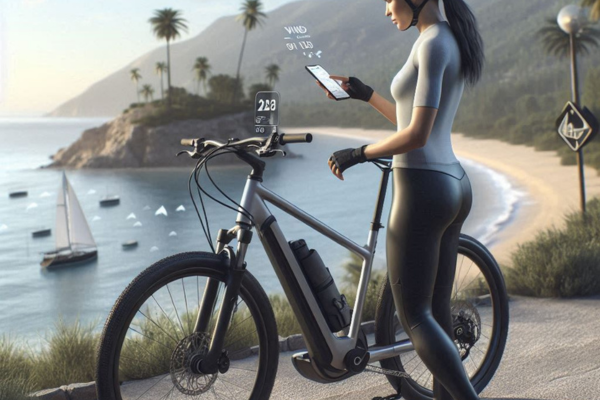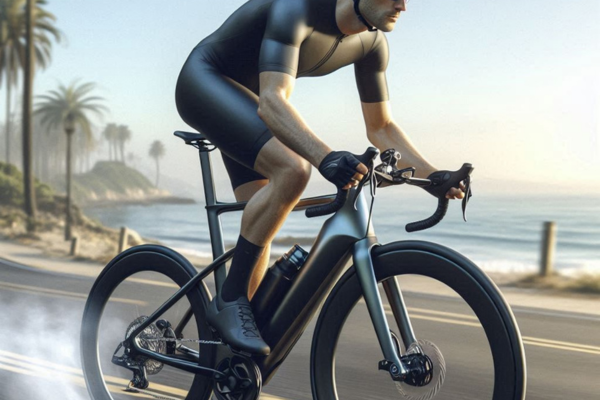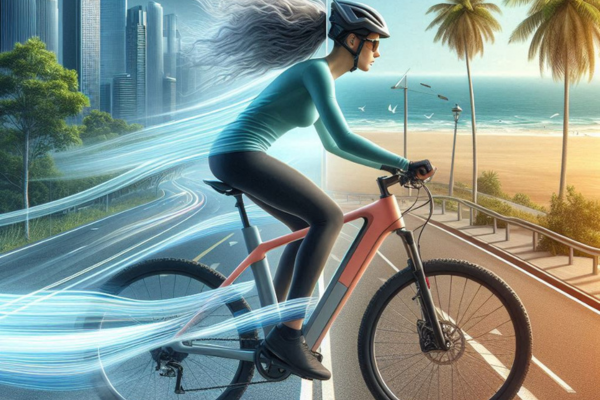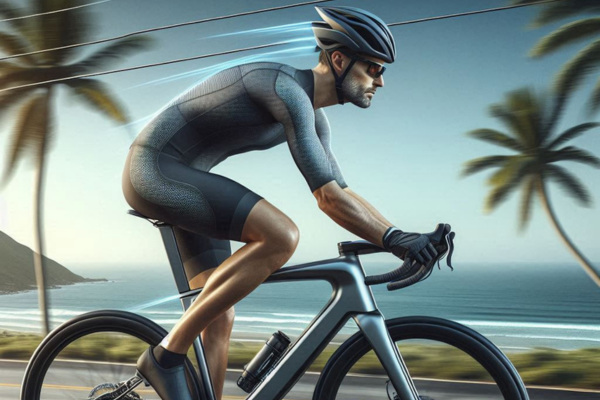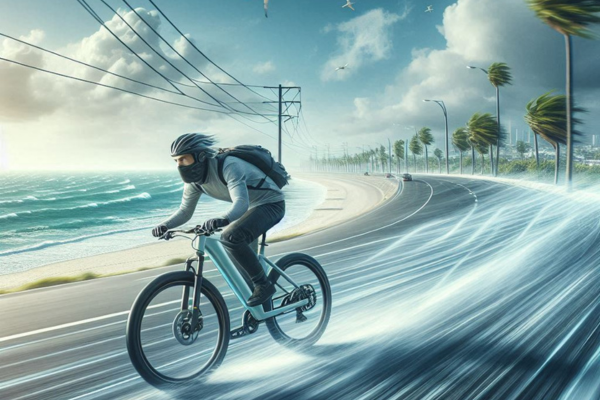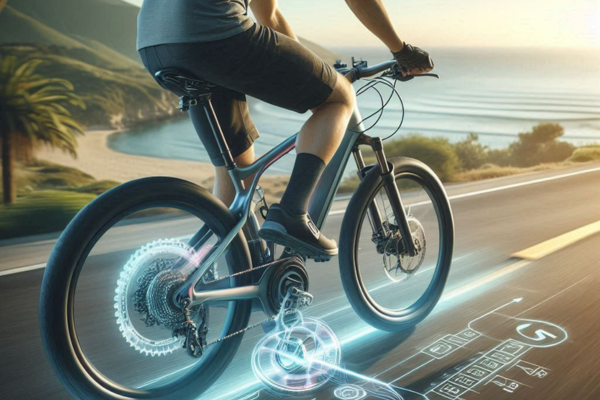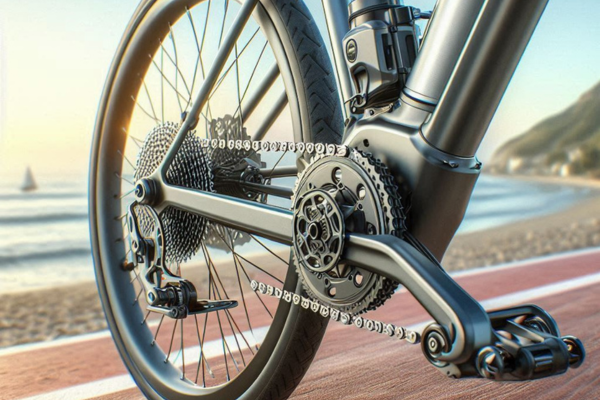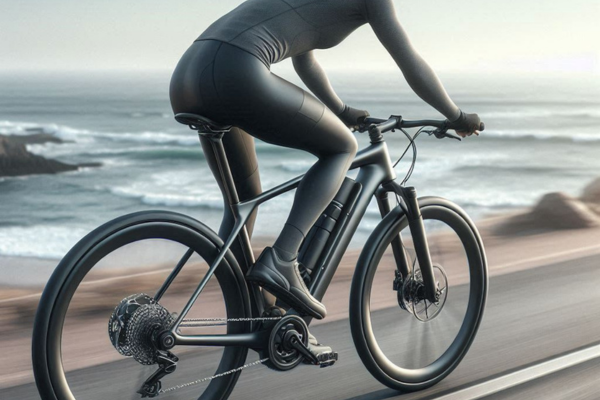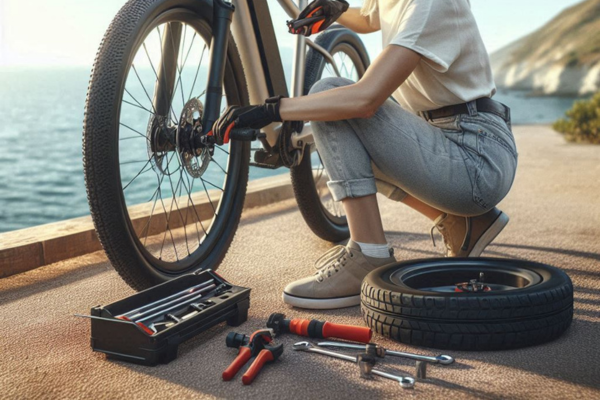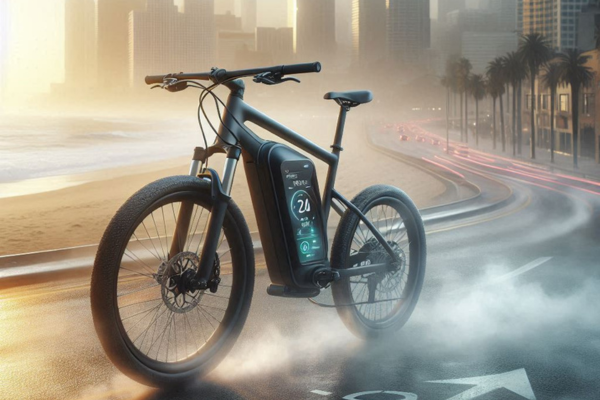🌬️ Wind Strategy 101: Planning E-Bike Routes Based on Wind Direction Riding an e-bike along coastal routes offers breathtaking views and invigorating experiences. However, the ever-changing wind conditions in these areas can significantly impact your ride’s efficiency and comfort. Understanding and planning your routes based on wind direction isn’t just for professional cyclists; it’s a …
💨 Why Aerodynamics Matter for E-Bike Riders When people think about improving an e-bike, they often jump straight to upgrading the battery, motor, or even the tires. But one of the most overlooked factors in electric bicycle performance is wind resistance. As riders reach higher speeds—often between 20–28 km/h (12–17 mph)—aerodynamics begins to play a …
🌍 Understanding Terrain and Its Impact on Wind Resistance Whether you’re commuting through the city or cruising along a coastal bike path, the terrain beneath your wheels plays a major role in how the wind affects your ride. Wind resistance is not a one-size-fits-all experience—it varies dramatically depending on where you’re riding, the layout of …
👕 Why Aerodynamic Clothing Matters for Coastal E-Bike Riders When riding an electric bicycle near the coast, wind resistance is more than just a minor inconvenience—it’s a constant force that can influence speed, energy consumption, and overall riding comfort. Unlike cyclists in urban or forested environments, coastal e-bike riders are exposed to wide-open spaces, steady …
🌬️ Understanding Crosswinds: How They Influence Your E-Bike Experience Crosswinds are one of the most underestimated challenges faced by electric bicycle riders. While many cyclists focus on hills, road surfaces, or headwinds, side winds—or crosswinds—can significantly impact stability, control, speed, and even rider confidence. Unlike headwinds that slow you down in a straight line, crosswinds …
⚙️ When to Shift Gears on an Electric Bicycle for Maximum Speed Achieving maximum speed on an electric bicycle isn’t just about pedal-assist levels or motor wattage—it’s also about knowing when to shift gears. Mastering gear transitions helps you optimize motor performance, conserve battery power, and enjoy smoother, more efficient rides across different terrains and …
⚙️ Understanding Gear Ratios: The Key to E-Bike Performance When it comes to enhancing your e-bike’s performance, many riders focus on battery capacity, motor power, or tire pressure. However, there’s a fundamental yet often overlooked factor that significantly influences your ride: gear ratios. Understanding how gear ratios work can help you ride more efficiently, extend …
🚴♀️ Lightweight Accessories: The Smart Way to Gain Speed Without Losing Safety When it comes to riding faster on your electric bike, many riders think only in terms of motor upgrades or battery range. But there’s another way to improve performance that’s often overlooked: your accessories. The right lightweight accessories can dramatically reduce drag, improve …
⚙️ Why Regular Maintenance Is the Key to Maximum E-Bike Speed Your electric bicycle is more than a commuting tool—it’s a sophisticated machine that relies on a delicate balance of mechanical and electronic components. While speed often gets attributed to battery strength or motor power, the truth is that **maintenance is the silent force behind …
🌡️ Understanding the Science: Why Temperature and Humidity Matter for E-Bike Performance Electric bicycles are powerful tools for commuting, recreation, and exploration—but like all technology, they’re affected by their environment. Among the most significant environmental variables are temperature and humidity. These two elements not only affect your comfort on the ride but also directly influence …
